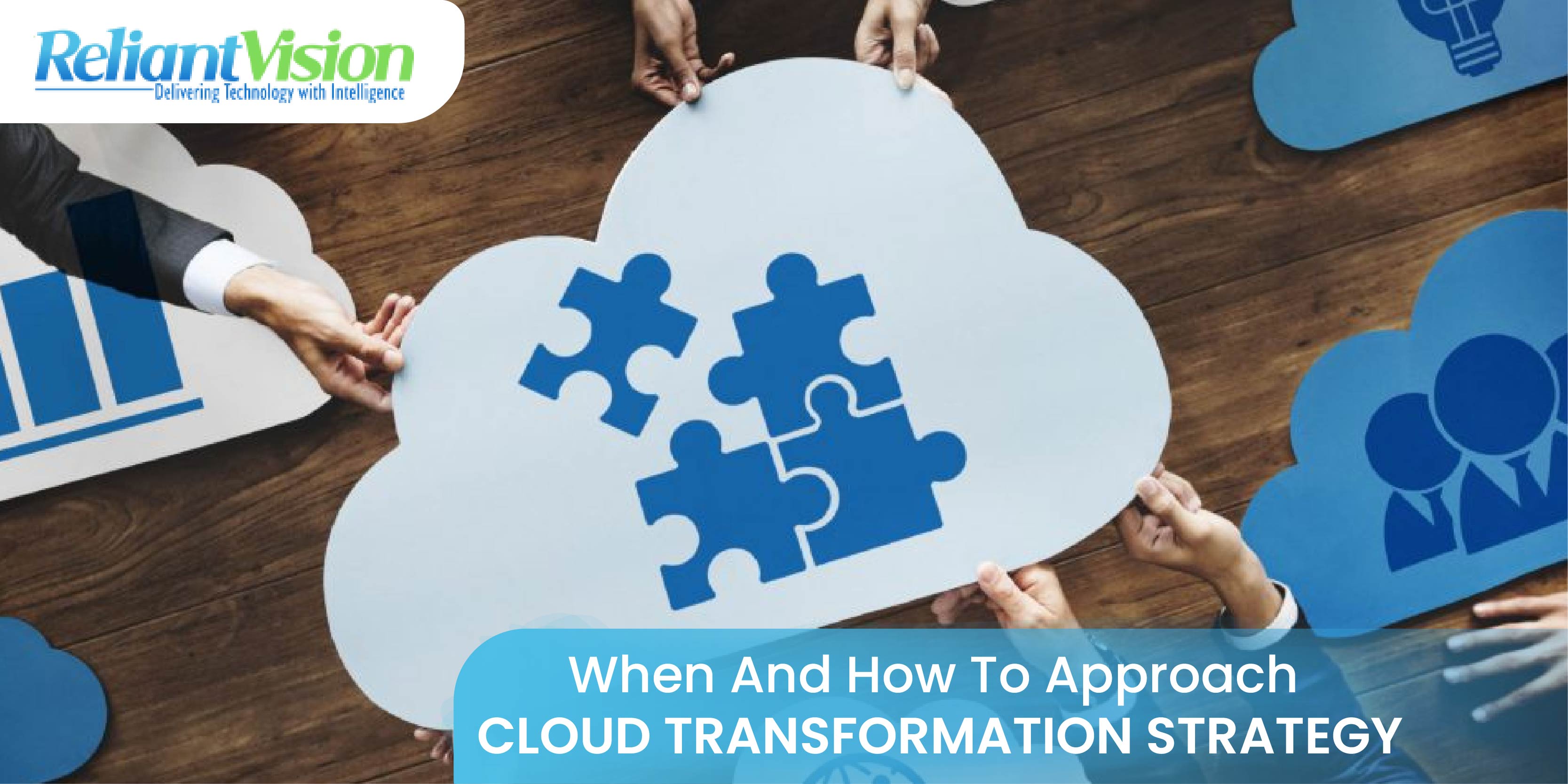Customer expectations are increasing and Organizations across Verticals are facing higher competition, to meet the rising demands the companies has to be cost effective and comprehensive. Quality is the key to business success and it is the result of many factors like the smoothness and flexibility of the business’s IT operations and development.
As such establishing an IT environment that is effective, performance oriented, secured and yet customer friendly is desired. Considering the speed and accuracy expected by the customers/clients, the era of legacy on premise infrastructure is over with cloud-based approach taking over to achieve greater business agility and resilience with a modern IT approach.
Leveraging cloud to enable digital transformation involves solving core business problems and building innovative solutions. Speed and agility are becoming a necessity due to increased expectations for a greater user experience from end users or customers.
Unlocking the value of cloud transformation – When and how
Market forces such as Competition, Digitization, Social Mobile Analytics Cloud (SMAC) demands changes in organizations across all processes. Legacy systems cannot support the accelerating pace of the business world and the time is ripe to move on to cloud transformation with customers expecting every digital business to provide everything in an “as-a-service” model.
Businesses that hang on to their legacy systems might have to fight a battle of survival. In addition, the performance of the platform and integrations of other technologies is very difficult if not impossible with legacy systems.
Therefore, the need of the hour is to have a cloud transformation roadmap ready. It includes choosing the right cloud transformation methods, analyzing the consequences of implementing them, and dealing with one-business challenges at a time. It is important to consider that every enterprise has its unique business priorities, urgent challenges and longer-term goals. That is why it is important to work through the following three considerations mentioned below to arrive at or choose the right cloud transformation approach-
- The business case
A sound business case and a robust rationale for moving all or part of your business infrastructure to the cloud is an important aspect to be considered. As any wrong approach or reasons to move to the cloud in a hurry can become an expensive mistake.
A clear business case strategy such as increasing business agility, operational efficiency or reducing cost or improving employee experiences, outpacing competitors if clearly articulated can help you in moving to the cloud transformation with ease.
- To address the impending events
Some impending events that may be both foreseen and unforeseen may crop up at short notice that requires the need for speeding up the cloud transformation. For instance, COVID-19 forced companies to embrace remote/distributing working, adopt new collaboration tools and adopt decentralized approaches to work. Migrating to the cloud in such cases can provide your organization with the means to respond to disruption quickly.
- Cloud transformation as an on-going initiative
Cloud transformation could be part of a longer-term ongoing process. For instance, an organization may be looking to lower IT expenses, unlock greater innovation and keep improving the employee experience that require constant investment and focus.
In case, where an organization is not faced with an urgent event or incidents then adopting a more measured approach to cloud transformation can help in reaping maximum benefits or rewards. However, this incremental and agile approach need not necessarily mean slowing the cloud transformation pace.
The right option – What works best for you?
Moving to the cloud is not the ultimate goal but it should be considered as a tool to boost your business productivity and ensure its continuity. Cloud application migration is not an easy decision to take, as it does not always result in infrastructure modernization.
Therefore, it is better to ensure that your team has enough technical and legal knowledge to manage your cloud providers, applications, data and costs.



























